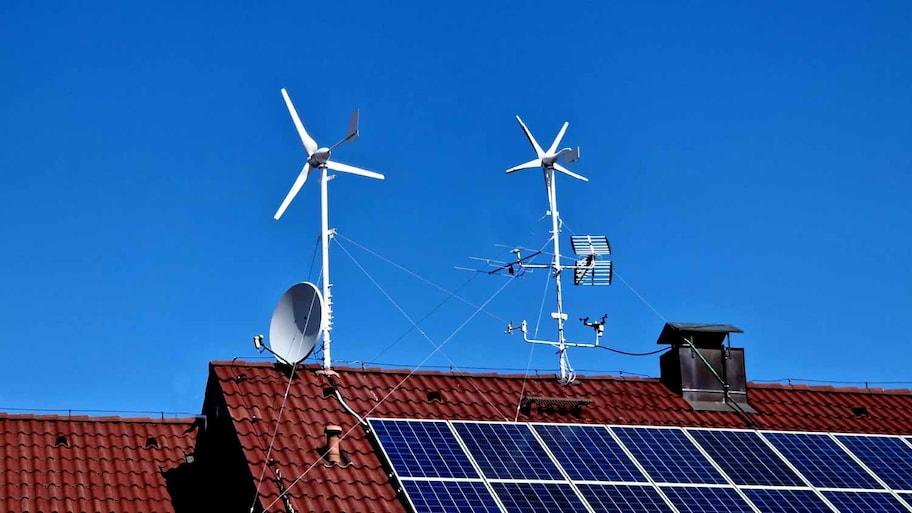
Welcome to our comprehensive guide on mastering the art of rainwater harvesting.
In this article, we will explore the technical aspects and scientific principles behind effectively harnessing rainwater for various purposes.
From assessing rainfall patterns to determining water needs, selecting the ideal tank size and location, installing a rainwater harvesting system, to maintaining and utilizing the collected water efficiently – we aim to equip you with the knowledge and skills needed to achieve sustainable water management and promote environmental freedom.
Assess Rainfall and Water Needs
To accurately assess rainfall and water needs, it is essential to utilize reliable data and analytical tools.
Rainwater harvesting is a sustainable water conservation technique that offers numerous benefits. By collecting and storing rainwater, it reduces the strain on traditional water sources and promotes self-sufficiency.
However, the success of rainwater harvesting relies on understanding the local rainfall patterns and water requirements. Reliable data on historical rainfall trends and future projections can help determine the potential water availability for harvesting.
Analytical tools, such as hydrological models and evapotranspiration calculations, enable accurate estimation of water needs for various purposes like irrigation, domestic use, or industrial applications. These tools provide valuable insights into optimizing rainwater collection, storage, and utilization.

A comprehensive assessment of rainfall and water needs is crucial for effective planning and implementation of rainwater harvesting systems, ensuring a sustainable water supply and supporting water conservation efforts.
Choose the Right Tank Size
For an effective rainwater harvesting system, selecting the appropriate tank size is crucial to ensure sufficient storage capacity.
When choosing the right tank size, several sizing considerations must be taken into account. Firstly, it is important to assess the average rainfall in the area and the water needs of the household or facility. This information will help determine the required storage capacity.
Additionally, it is important to consider the space available for the tank installation. The tank should fit comfortably within the designated area without causing obstruction or inconvenience.
Furthermore, the tank should be able to handle any potential overflow during periods of heavy rainfall.
Select an Optimal Tank Location
When selecting an optimal tank location for a rainwater harvesting system, careful consideration must be given to the surrounding environment and accessibility. The following factors should be evaluated to ensure the ideal placement of the tank:
- Evaluating soil conditions:
- Conduct a soil test to determine its composition and drainage capacity.
- Choose a location with well-draining soil to prevent water stagnation and potential damage to the tank.
- Avoid areas with rocky or compacted soil that may hinder the tank's stability and installation.
- Considerations for tank aesthetics:
- Select a location that blends harmoniously with the surrounding landscape.
- Place the tank in a discreet area or camouflage it with plants or structures to maintain the visual appeal of the property.
- Ensure the tank does not obstruct any views or access paths.
Install a Rainwater Harvesting System
The installation of a rainwater harvesting system begins with careful planning and preparation. It is essential to consider the size of the system, the location of the collection area, and the potential uses for the harvested water. Once these factors are determined, the next step is to select the appropriate rainwater filtration technologies.

There are several options available, including sediment filters, activated carbon filters, and UV disinfection systems. These filtration technologies remove impurities and ensure that the harvested water is safe for various applications, such as irrigation, washing, and even drinking.
The benefits of rainwater harvesting are numerous, including reducing reliance on municipal water supplies, conserving water resources, and reducing water bills. By installing a rainwater harvesting system and implementing effective filtration technologies, individuals can have a sustainable and reliable source of water, while also contributing to water conservation efforts.
Maintain and Utilize Harvested Rainwater
After installing a rainwater harvesting system and implementing effective filtration technologies, it is imperative to properly maintain and utilize the harvested rainwater.
To ensure the quality of the collected rainwater, various water filtration techniques can be employed. Some common techniques include sedimentation, filtration through sand or activated carbon, and disinfection using ultraviolet (UV) light or chlorine.
Regular maintenance of the rainwater harvesting system, such as cleaning the gutters, filters, and storage tanks, is crucial to prevent the accumulation of debris and contaminants.
Additionally, utilizing the harvested rainwater in agriculture can bring numerous benefits. It reduces dependency on freshwater sources, conserves energy, and minimizes the use of chemical fertilizers.
Rainwater, rich in essential minerals and free from harmful chemicals, can nourish crops and improve overall agricultural productivity.

Frequently Asked Questions
What Are the Different Types of Rainwater Harvesting Systems Available?
Different types of storage tanks, such as underground cisterns, above-ground tanks, and rain barrels, are commonly used in rainwater harvesting systems. Regular maintenance and upkeep, including cleaning filters and checking for leaks, are essential for optimal system performance.
Are There Any Legal Restrictions or Regulations on Rainwater Harvesting?
Legal implications and regulations on rainwater harvesting vary by jurisdiction. Some regions have specific laws in place, while others may have guidelines or voluntary programs. Understanding the local regulations is crucial to ensure compliance and to fully enjoy the environmental benefits of rainwater harvesting.
How Long Can Harvested Rainwater Be Stored Before It Becomes Unfit for Use?
Long term storage of harvested rainwater can be influenced by various factors, such as water quality testing and proper maintenance of storage systems. Regular monitoring and adherence to guidelines can ensure the suitability of stored rainwater for desired uses.
Are There Any Additional Filtration or Treatment Methods Required for Harvested Rainwater?
Rainwater filtration techniques are crucial for ensuring the quality of harvested rainwater. Additional filtration or treatment methods may be necessary to remove contaminants and improve water quality. Regular water quality testing is also important to ensure safety and suitability for various uses.
Can Rainwater Harvesting Systems Be Integrated With Existing Plumbing Systems in a Residential or Commercial Property?
Integration feasibility and cost analysis are important considerations when integrating rainwater harvesting systems with existing plumbing in residential or commercial properties. Assessing the compatibility of systems and evaluating the financial implications are crucial steps in the process.
 Family Craft ProjectsHome ImprovementCooking and BakingReuse and RecycleDIY GiftsEco-Friendly ProjectsDIY Home SolutionsSeasonal ActivitiesFun and GamesLearn TogetherPrivacy PolicyTerms And Conditions
Family Craft ProjectsHome ImprovementCooking and BakingReuse and RecycleDIY GiftsEco-Friendly ProjectsDIY Home SolutionsSeasonal ActivitiesFun and GamesLearn TogetherPrivacy PolicyTerms And Conditions

 Family Craft ProjectsHome ImprovementCooking and BakingReuse and RecycleDIY GiftsEco-Friendly ProjectsDIY Home SolutionsSeasonal ActivitiesFun and GamesLearn TogetherPrivacy PolicyTerms And Conditions
Family Craft ProjectsHome ImprovementCooking and BakingReuse and RecycleDIY GiftsEco-Friendly ProjectsDIY Home SolutionsSeasonal ActivitiesFun and GamesLearn TogetherPrivacy PolicyTerms And Conditions
